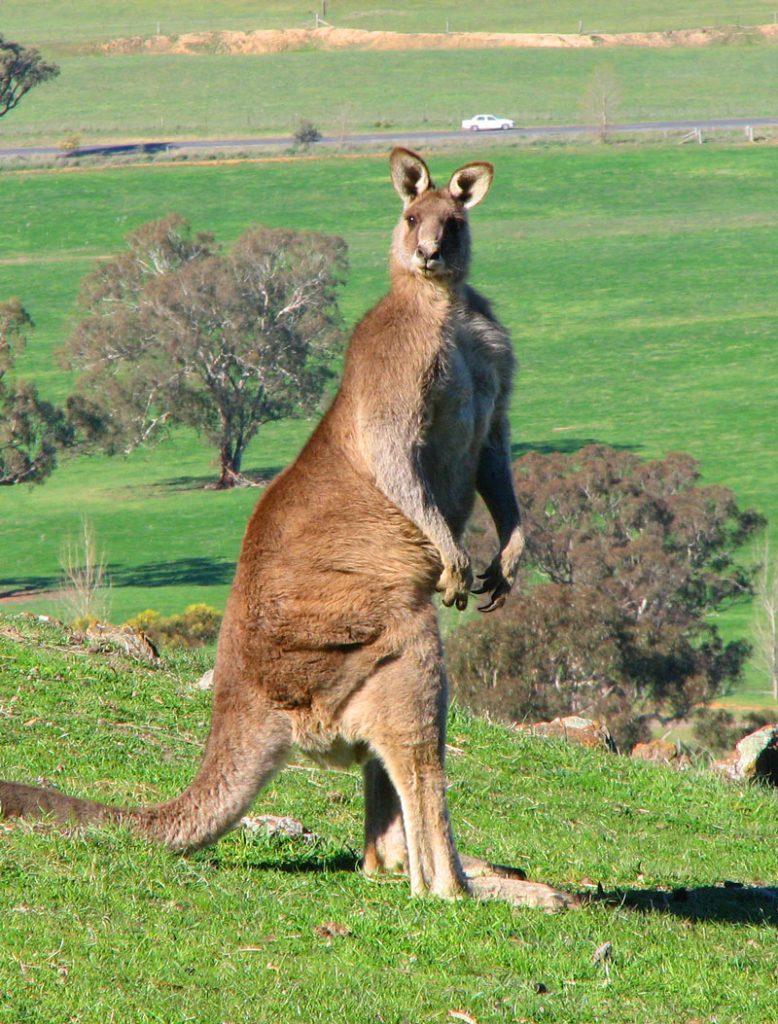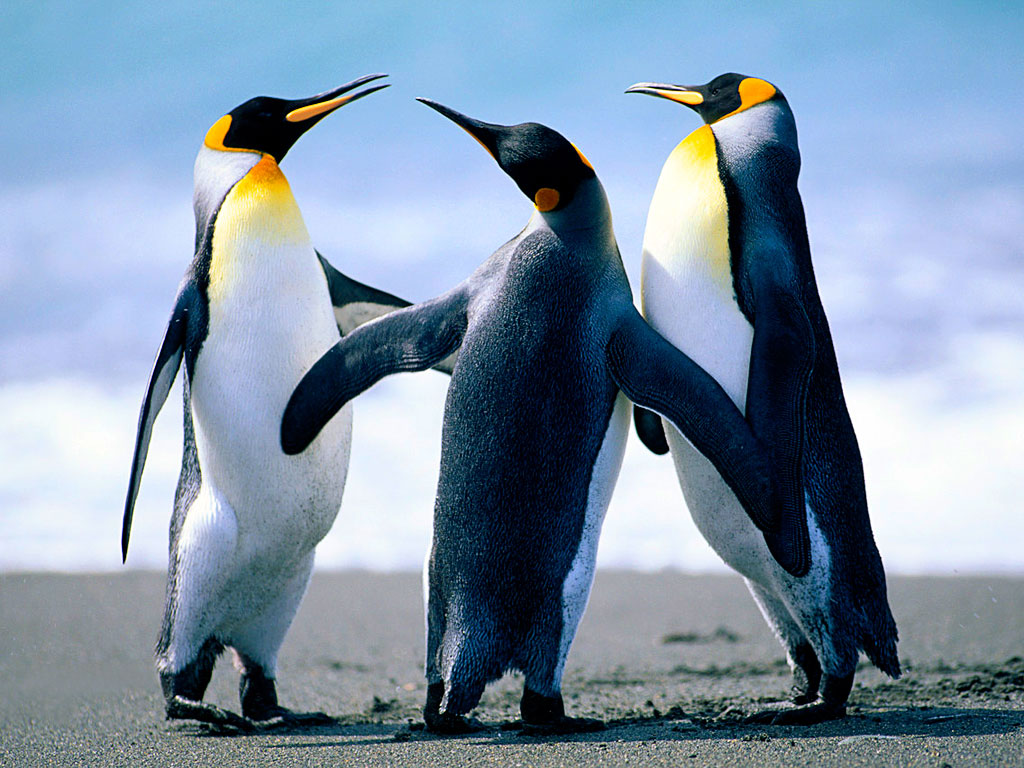Like humans, a majority of animals are perfectly capable of walking backwards, even though it’s not something that happens on a regular basis. Walking backwards helps animals get out of tight corners, back off when threatened, or basically any situation that necessities the backward motion.
In humans and some animals, this skill is usually effortless while in others, it may require a little bit of effort due to certain factors. However, did you know that there are animals that cannot walk backwards at all?
Kangaroos and the Emus are incapable of moving backwards.
In this article, you’re going to learn why these two animals can’t move their legs backwards. And while these are the two well-known animals that don’t walk backwards, I am also going to mention a few other animals that some people believe cannot walk backwards (and the truth behind these claims.).
Which Animals Cannot Walk Backwards?
Kangaroos
These Australian mammals are mainly known for one thing – they carry their offspring in pouches on their bellies. They are also known to hop instead of walking like most animals.

However, one lesser-known characteristic of the Kangaroo is that it cannot walk backwards. This may come as a surprise to many people as with their hopping movement, it’s hard to believe that they can’t really go backwards.
The Kangaroos’ hopping movement is known as “Saltation.” During saltation, the animals propel themselves with their two large and elongated hind legs that are much larger compared to their forelimbs. At the same time, they use their large muscular tails for balance.
With huge hind legs and a muscular tail for balance, kangaroos are able to jump up to 30 feet in a single leap.
Although the combination of powerful back legs and thick muscular tails help propel them forward effectively, these two physical features unfortunately prevent them from hopping backwards.
Their long feet and heavy tail also makes walking impossible.
Lucky for them, the open Australian outback offers them enough room to make huge leaps and obviously, they do seem to have adapted really well to their hopping gait.
Emus

Like Kangaroos, Emus are also native to Australia. The Emus are flightless birds that bear an uncanny resemblance to ostriches. They are the second-largest living birds by height right after their relatives, the ostriches.
However, unlike their relatives, emus cannot walk backwards- only forward. The exact reason for this is yet to be known. Some people have however claimed that the reason for this is because their knee joints prevent them from moving backwards. Hopefully, we will have a more accurate explanation for this.
Like the ostriches, the emus are known for their blazing fast sprinting speed and long-distance running.
Both the Kangaroo and Emus are on the Australian coat of arms which basically symbolizes that Australia is always moving forward, not backwards like these two animals.
Misconceptions Surrounding Various Animals
While the Kangaroo and Emu are the two most well-known animals that do not walk backwards, there are claims that alligators and penguins do not move backwards as well.
Well, although this is a common belief to many, these claims are actually untrue. Both the alligators and penguins are perfectly capable of moving backwards.
Alligators

While on land, alligators generally crawl on their bellies, a movement referred to as the “belly crawl.” While crawling on its belly, the reptile cannot walk backwards.
However, alligators do have another form of movement that allows the backwards motion. This movement is commonly known as the “high walk.”
When high walking, an alligator’s full body and tail is usually off the ground. This makes backward movements possible and easy. They usually use this form of motion when getting out of water or when avoiding an obstruction. They may also move backwards when pulling a catch from land into the water.
Penguins

As for penguins, these aquatic flightless birds don’t even walk like other bird species. When walking on land, they “waddle” instead of walking. This form of locomotion occurs due to a combination of gravity and kinetic energy which help the bird rock back and forth over its center of gravity.
Scientists have actually indicated that the waddling movement of penguins is more efficient compared to walking in humans.
Contrary to the claims, penguins can actually waddle backwards.
Frequently Asked Questions About What Animals Cannot Walk Backwards?
What Two Australian Animals Cannot Walk Backwards?
The two Australian animals that cannot walk backwards include the Kangaroo and the Emu bird.
Can Turtles Walk Backwards?
Yes. Turtles can walk backwards.
Can a Tortoise Walk Backwards?
Yes. Tortoises can move backwards. However, this form of movement is not something they do on a regular basis. In fact, it’s hard to see a tortoise walking backwards. It prefers to turn around instead.
Can Cows Walk Backwards?
Yes, cows can walk backwards. They don’t like to walk backwards though because it’s hard to see what’s behind them but they do.
Can Elephants Walk Backwards?
Yes. Like many other animals, elephants can walk backwards, although like in most animals, this is not something they do often. They may move backwards when backing up a water hole, during fights, when pulling tree branches, and more.
Animals that Can’t Walk Backwards – Bottom Line
Like you, a lot of people are often surprised to learn that there are animals that cannot walk backwards. In fact, most are often shocked after realizing that kangaroos cannot walk backwards. It’s also hard to believe that the ostrich-like bird cannot walk backwards either. As for the alligators and penguins, just don’t believe the internet claims always doing rounds about them not being able to walk backwards. It’s completely untrue.

Lydia King is a huge animal lover and has always been fascinated with learning about the animal kingdom. She enjoys writing about anything animal related from scientific information about rare species to animal references in pop culture.












